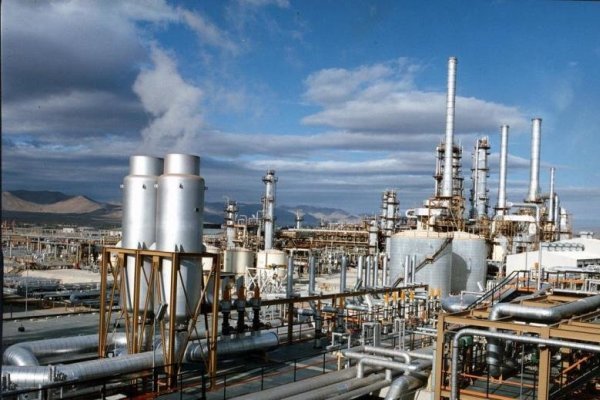No products in the cart.

Sweetening of oil and gas derivatives
The sweetening of sour crude oil has recently become more important with the emergence of new pollution control regulations and the increase in refinery treatment costs. Basically, sweetening of petroleum derivatives or sweetening of gas and gas condensate means a process that is performed to remove hydrogen sulfide [H2S] and carbon dioxide [CO2] from gas or liquid streams. So desulfurization of petroleum derivatives is considered a kind of sweetening. Reducing the hydrogen sulfide content of crude oil can be done by separating the gas in a contact tower at low pressure. In addition, stabilization of oil or condensate simultaneously with reservoir shrinkage and losses is less frequent compared to multi-stage separation.
What is sour gas?
Sour gas is a natural gas that contains significant amounts of hydrogen sulfide (H2S). It is very toxic for humans and animals even in small amounts, it is corrosive and flammable and has a smell similar to rotten eggs. Exposure to sour gas at concentrations greater than 1000 ppm is fatal, even for a short period of time.
What is sweet gas?
Sweet gas is natural gas that contains little or no hydrogen sulfide. H2S is undesirable due to its toxicity as well as its corrosiveness to all metals used in gas processing, handling and transportation equipment. The absence of corrosive H2S makes sweet gas more environmentally friendly, in addition to reducing the production costs of pipelines and related equipment, as well as installation and maintenance costs.
